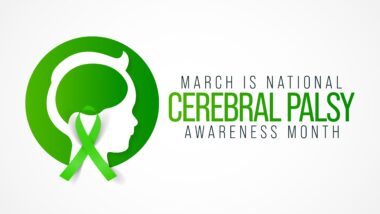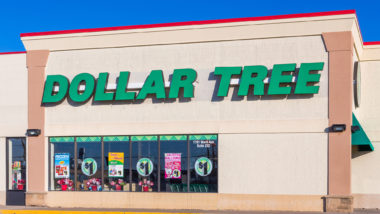Top Class Actions’s website and social media posts use affiliate links. If you make a purchase using such links, we may receive a commission, but it will not result in any additional charges to you. Please review our Affiliate Link Disclosure for more information.
More than two decades after the World Wide Web hit the mainstream, most people in the United States use the internet in some capacity every day, whether it’s on their phone while they browse social media apps or at home while they work. But many Americans don’t have a choice about what internet service provider they can use.
Service Provider Monopolies
Comcast, Charter, and AT&T hold a monopoly over most internet services in the country.
A 2020 Institute for Local Self-Reliance report showed that 83.3 million Americans can only access broadband through one provider. It also states that Comcast and Charter have a monopoly over at least 47 million people nationwide.
Anyone who lives in an urban area can sometimes pick between two or more service providers, but you are typically out of luck if you live in a rural part of the country.
The report shows that big tech companies have neglected rural America, and sometimes their DSL networks don’t support broadband speeds.
When shopping for internet service providers, another issue is that the National Broadband Map by the Federal Communications Commission (FCC) can be confusing to some.
The map shows consumers how many broadband providers they can use in their area, but it can be confusing at first glance because it doesn’t separate what internet service is provided specifically to businesses, and sometimes there are duplicates of the same providers. For example, at a specific address in Studio City, Calif., there are 10 providers listed in the National Broadband Map, but anyone who lives in a home or apartment in the area can actually only use three– Charter Communications, AT&T and T-Mobile. Three is genuinely great compared to some areas where consumers only have one or two options, but that is still less than the original 10 options on the map. It turns out the other providers listed are either specifically for businesses (fixed wireless), satellites, or duplicates of the company.
[getsocial app=”sharing_bar”]
Don’t Miss Out!
Check out our list of Class Action Lawsuits and Class Action Settlements you may qualify to join!
Read About More Class Action Lawsuits & Class Action Settlements:
- Experts Say Wave of Anti-Trans Bills Will Likely End Up Before Supreme Court
- If Abortion Laws Change This Year, Millions of Americans Will Be Financially Harmed, Experts Say
- TCA Explains: What Are Arbitration Agreements And How Do They Affect Class Action Lawsuits?
- UK Braces for Worse as War in Ukraine Exacerbates Growing Oil and Gas Price Crises
ATTORNEY ADVERTISING
Top Class Actions is a Proud Member of the American Bar Association
LEGAL INFORMATION IS NOT LEGAL ADVICE
Top Class Actions Legal Statement
©2008 – 2024 Top Class Actions® LLC
Various Trademarks held by their respective owners
This website is not intended for viewing or usage by European Union citizens.















89 thoughts onTCA Explains: Why Are Internet Providers So Bad?
Add me. I have called xfinity every week since December 3 2022 because they have the wrong service address on my account. I cannot use my equipment without severe issues and I work from home.. also did not receive my military gift card or the 25.00 credit. My bill is supposed to be 55.00 a month but it has been
Dec 55
Jan 80 plus 30 from Dec
Feb 98
March 95
April 75… still at the wrong doggone address.. I hate xfinity
Please add me Infinity, goes out are all the time, and you’re not refunded for down time, well they’re looking to be paid for all the time.
Please add me
Please add me.